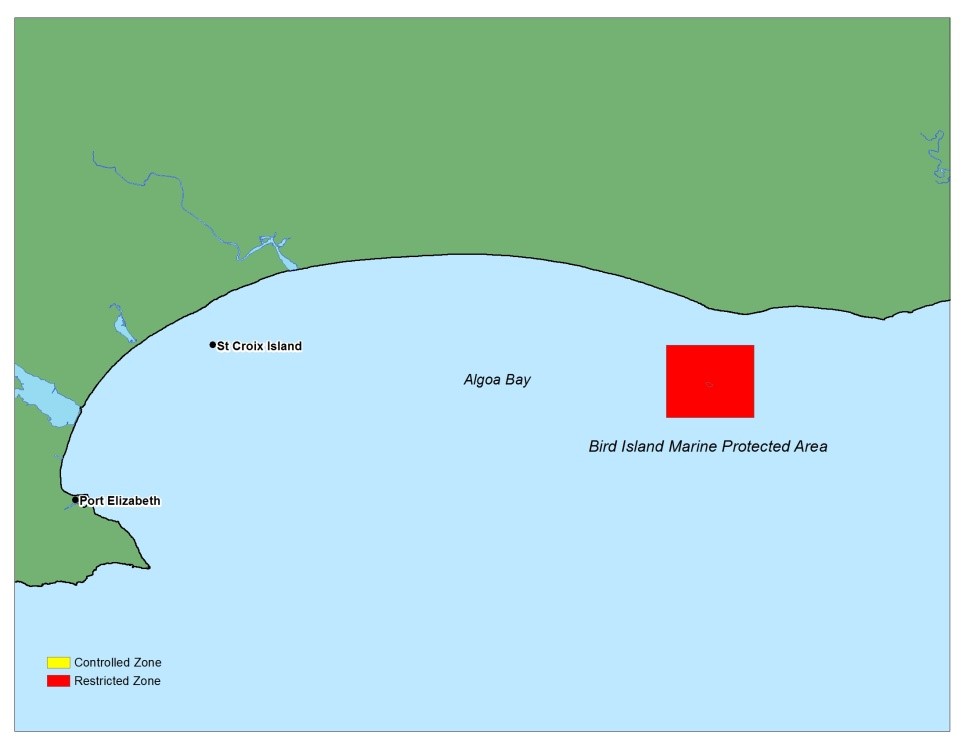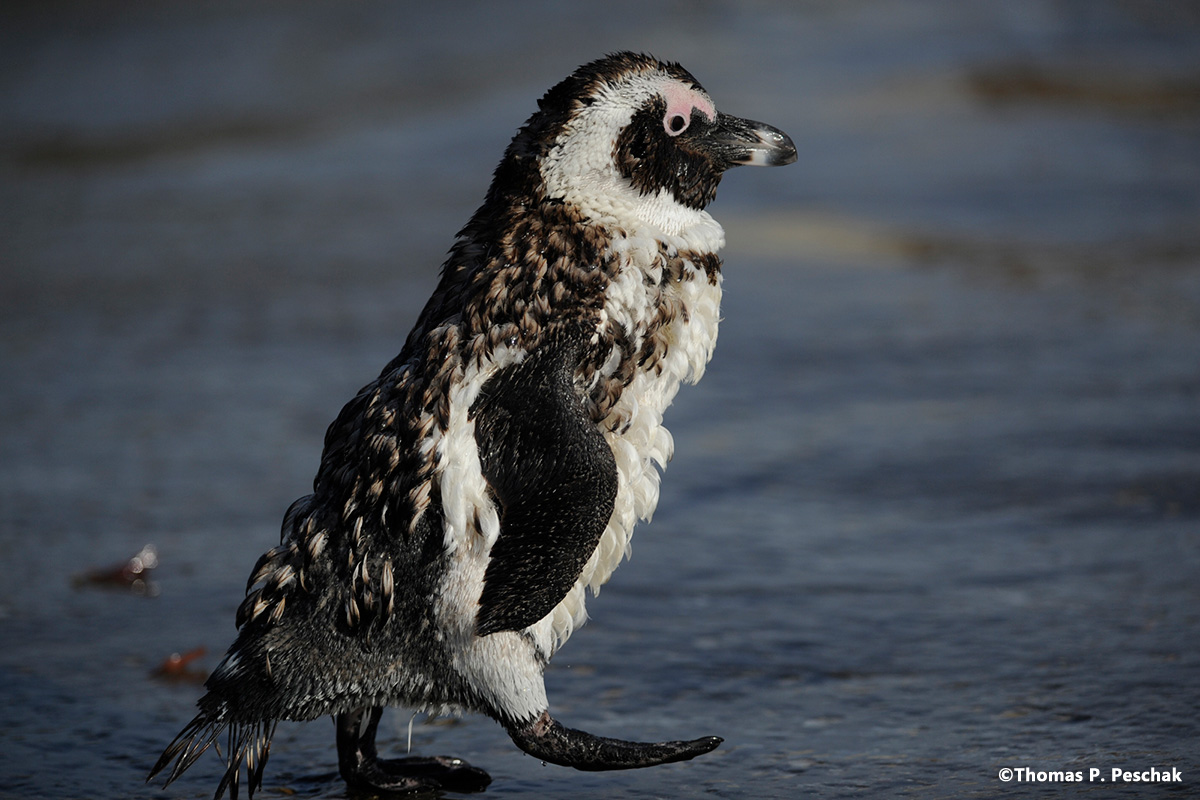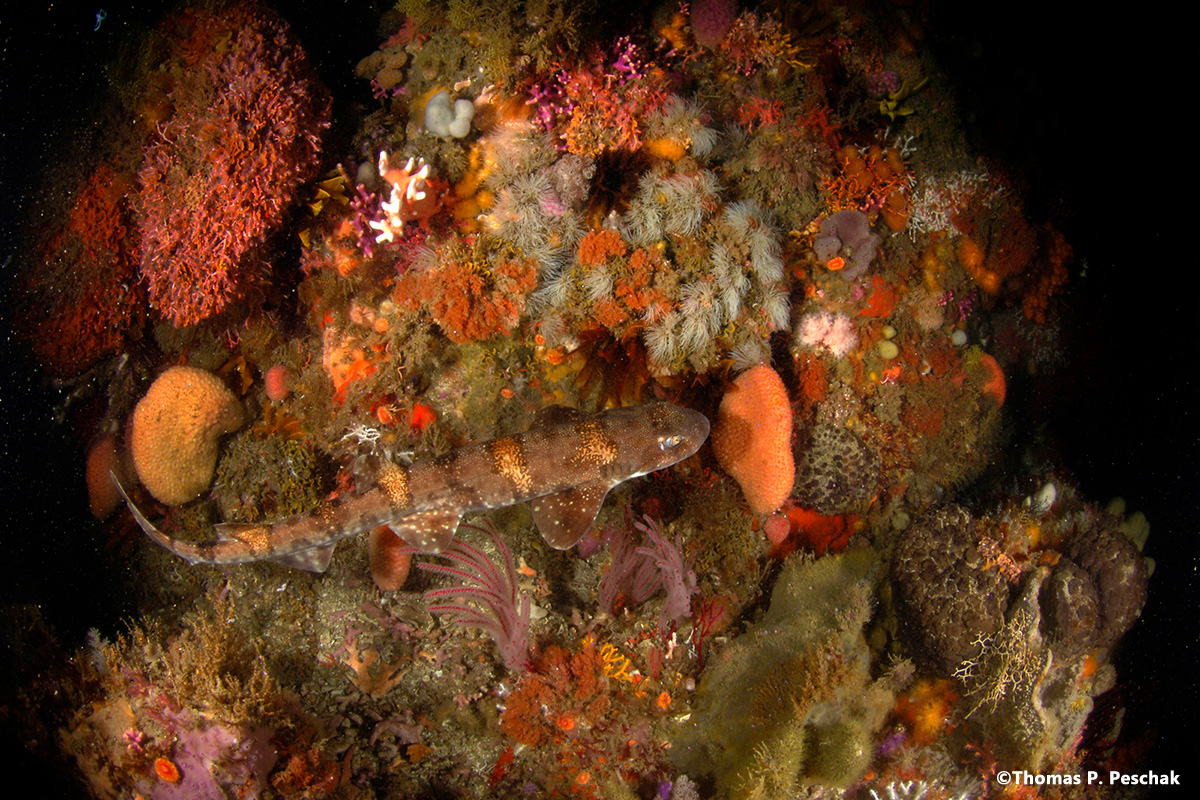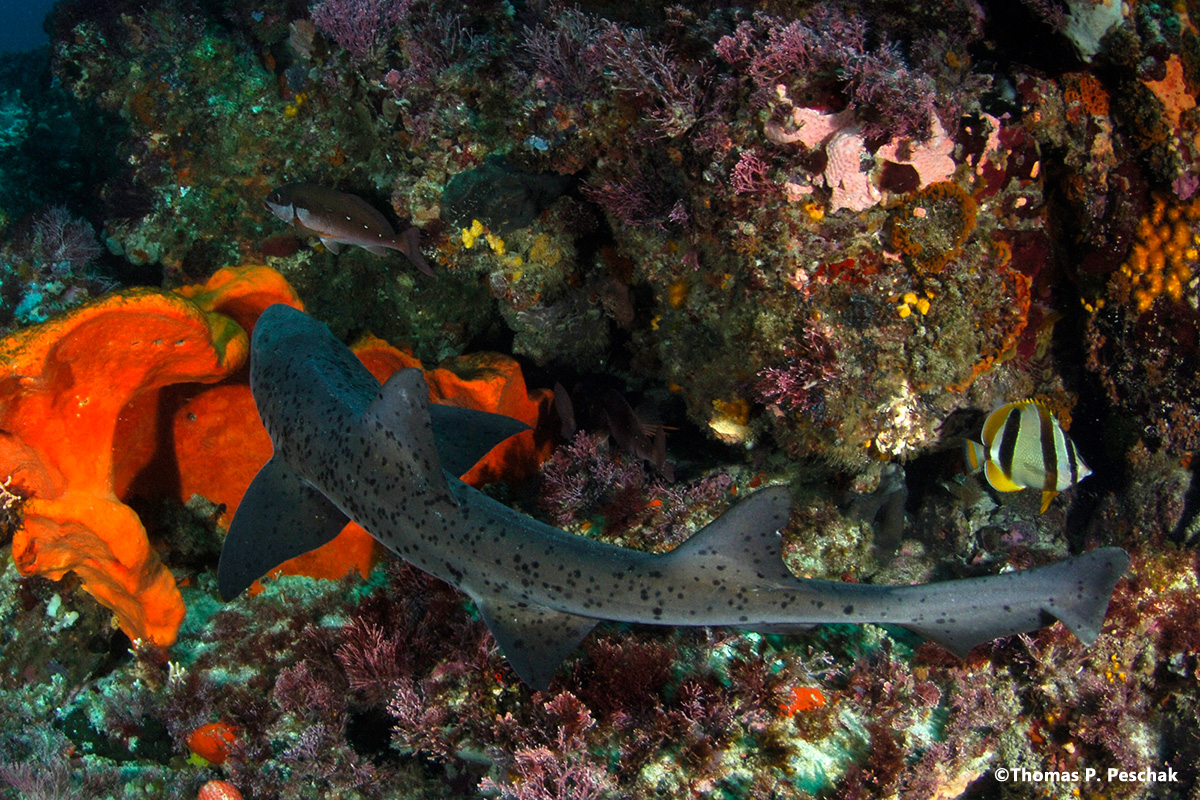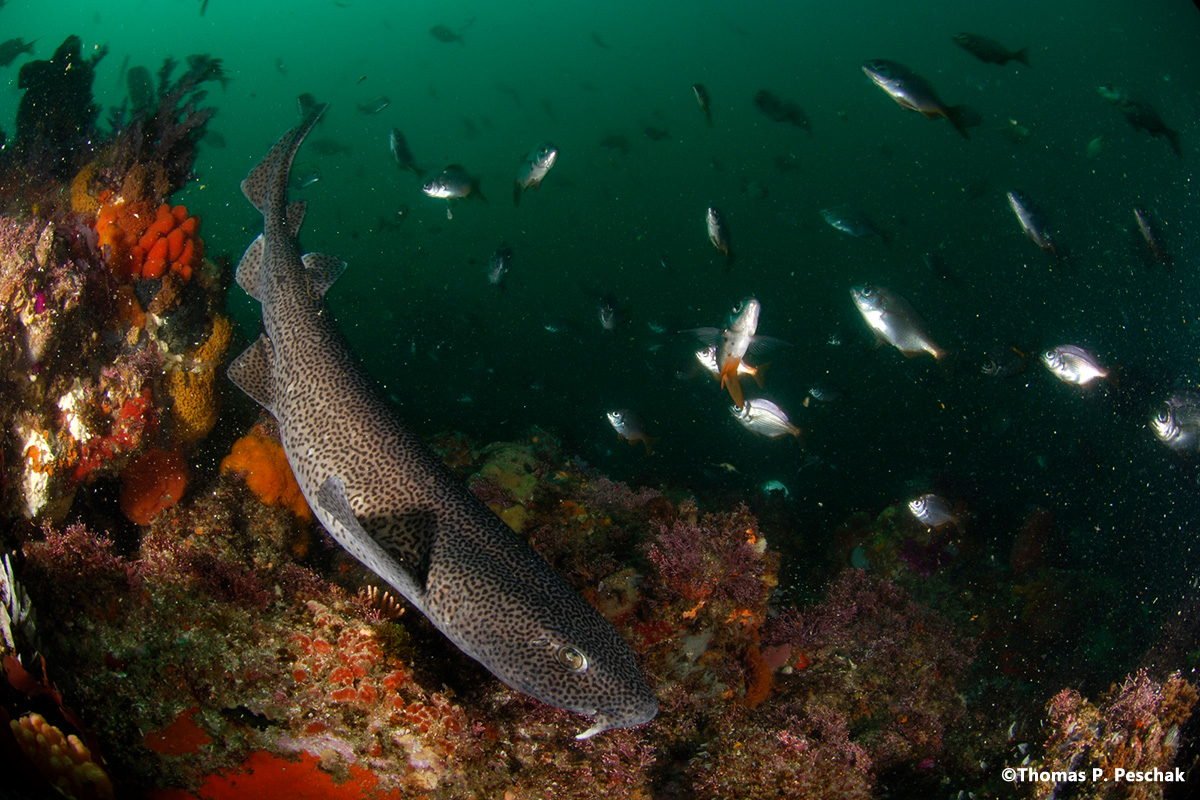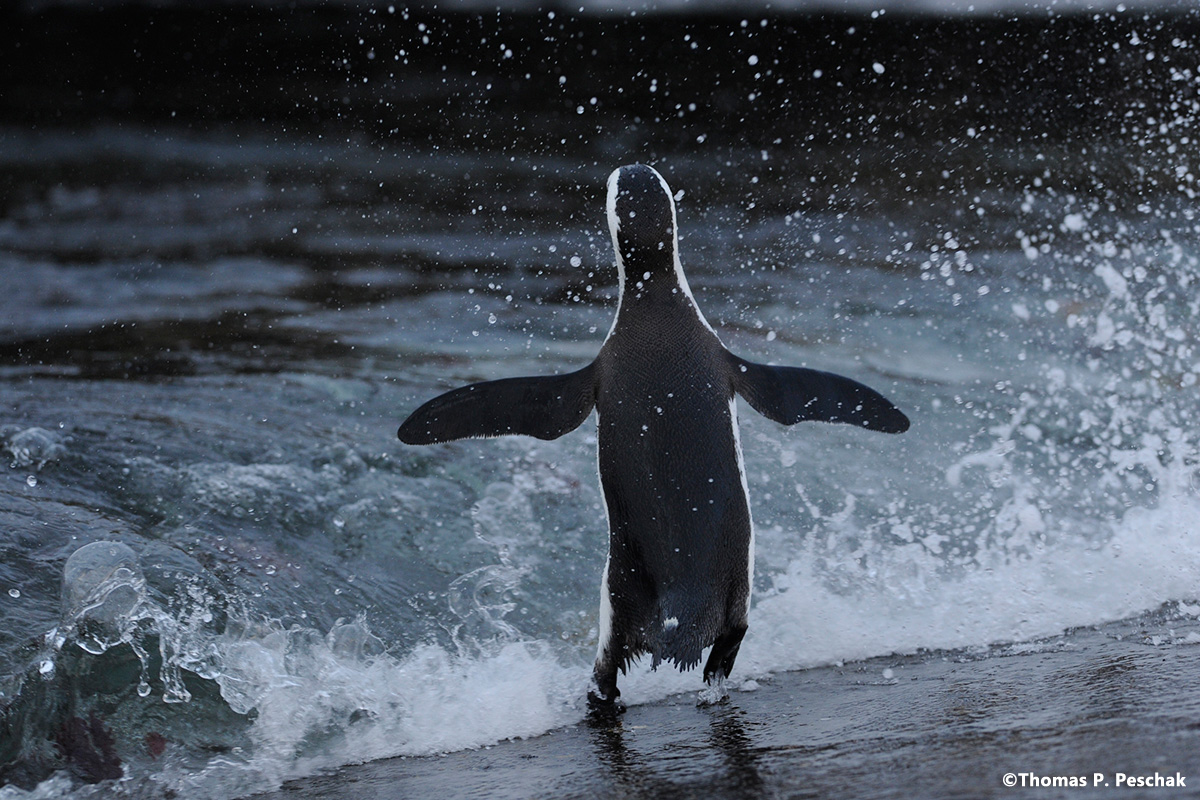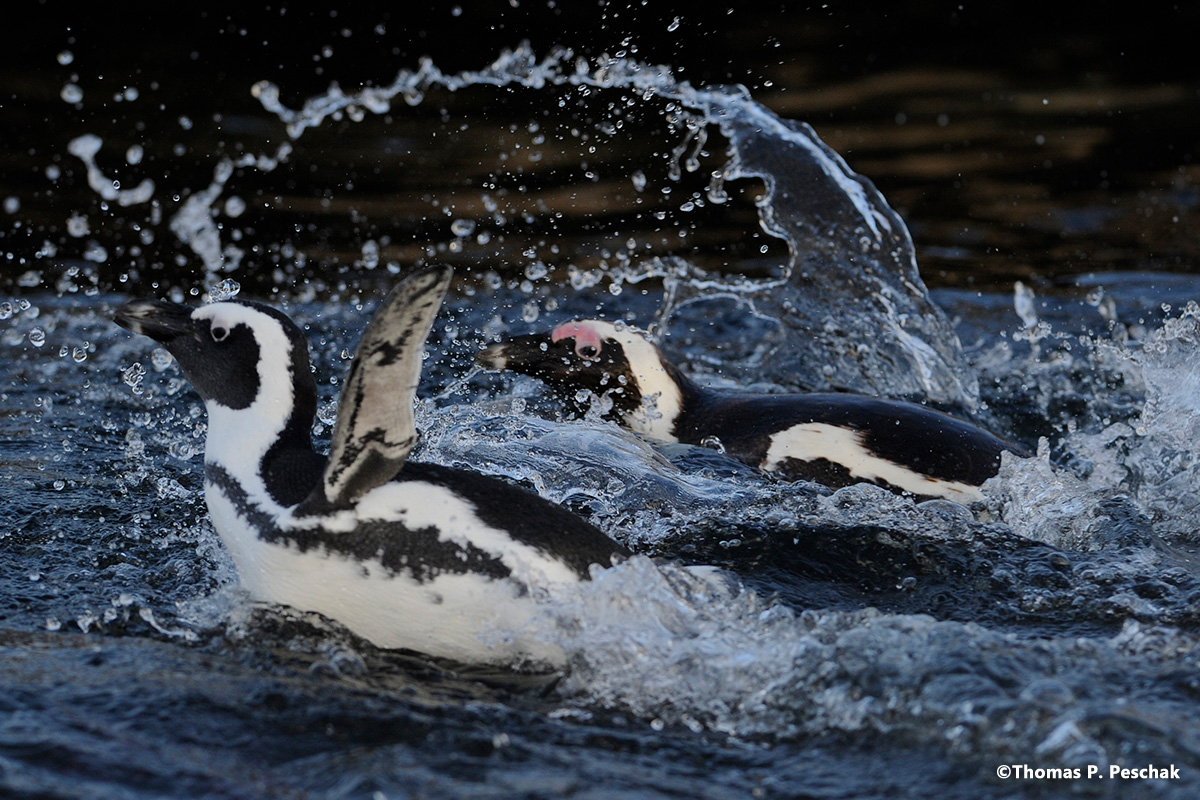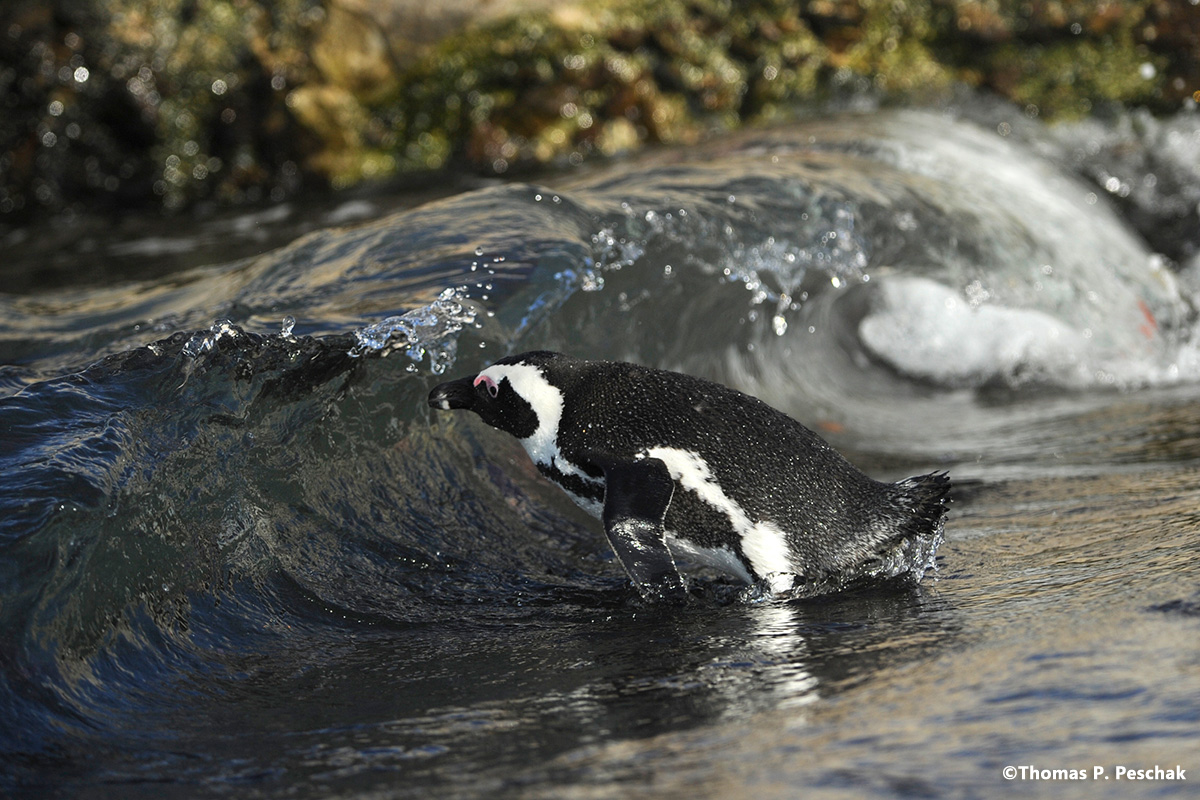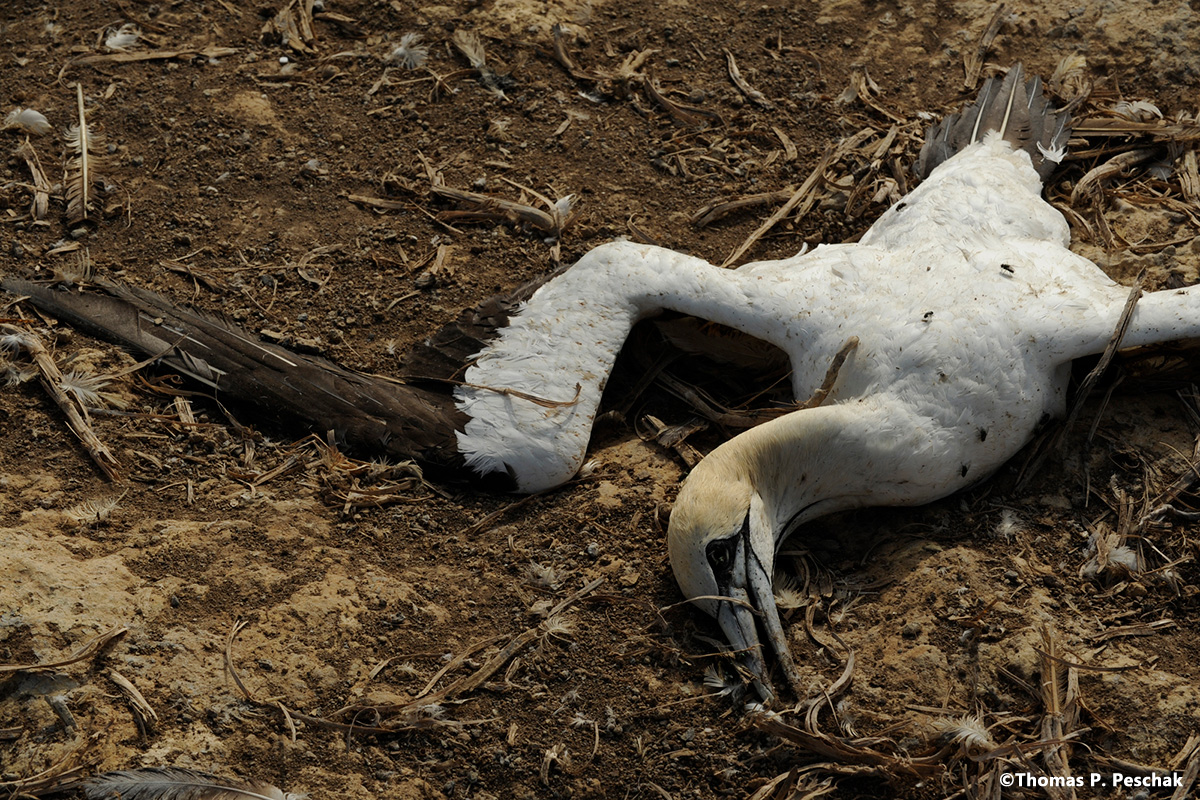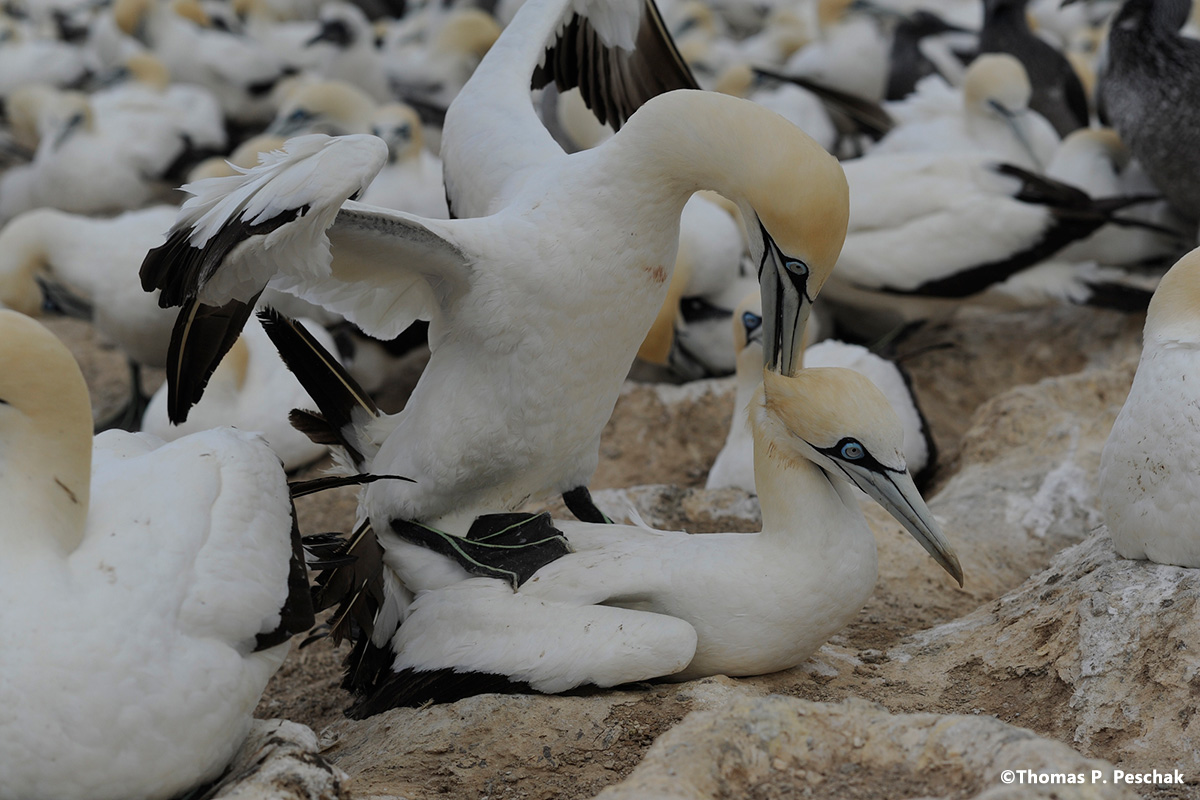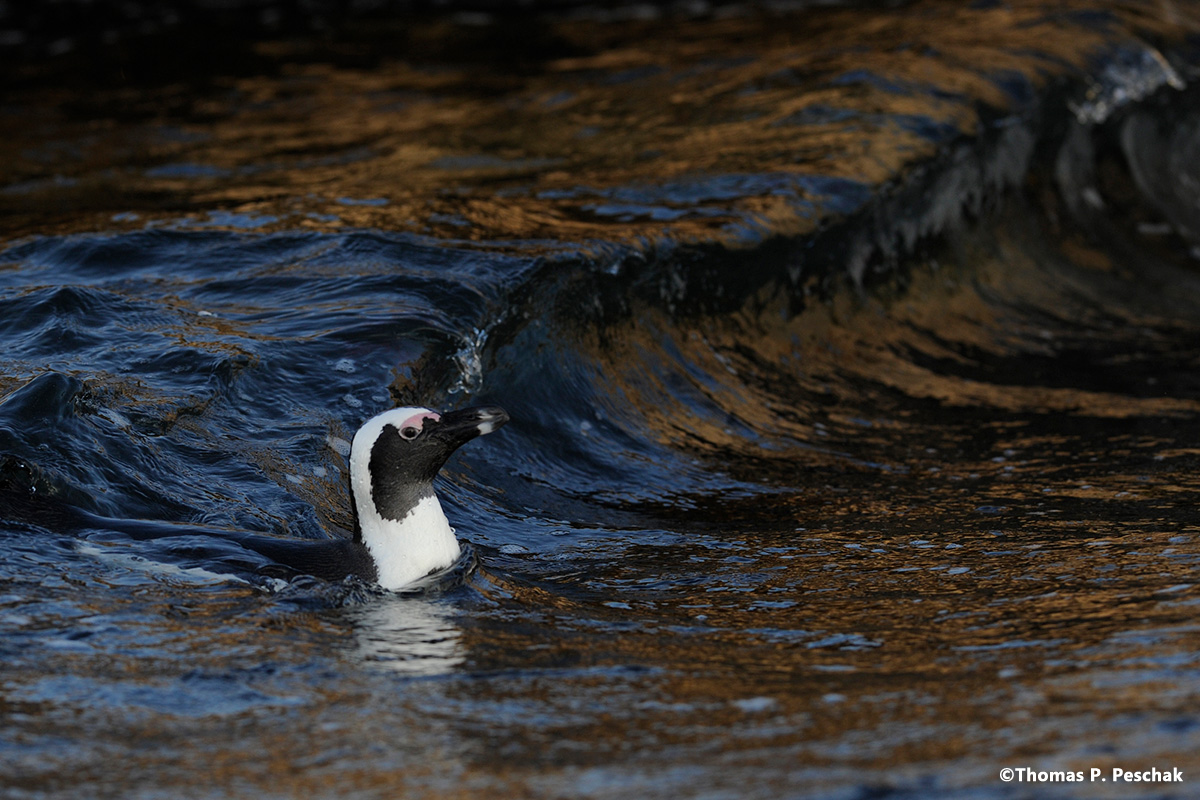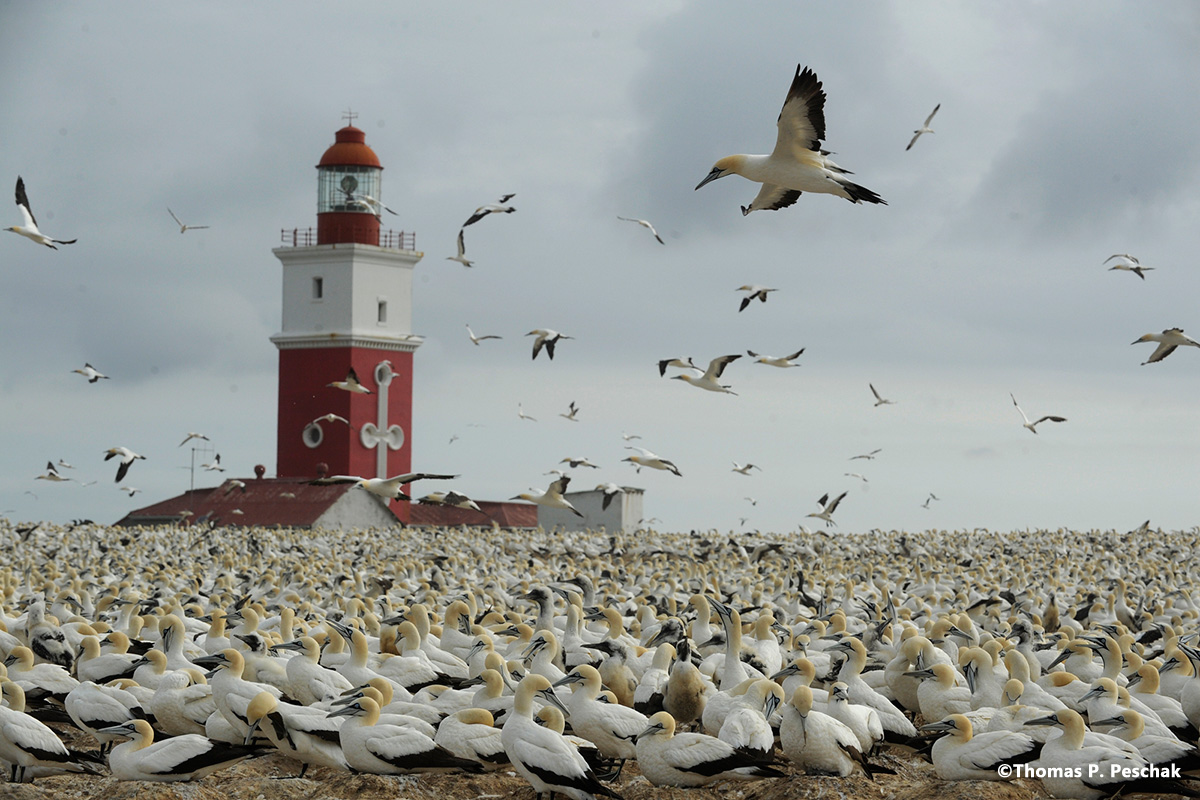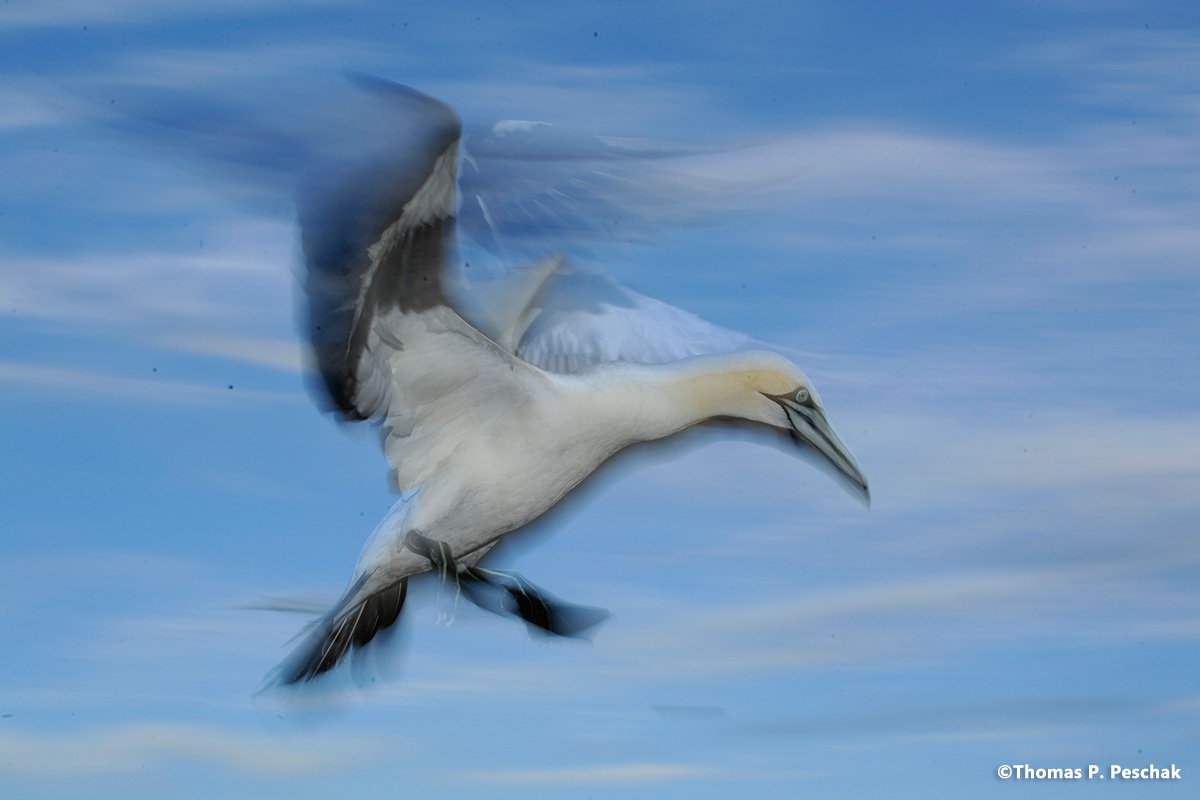Addo Elephant National Park, manages Bird Island MPA which surrounds 4 Islands ie;
- Bird Island
- Stag Island
- Seal Island
- Black Rocks Island which was declared in 2004.
The MPA is 7ha and is a mid ocean MPA not attached to the coast. The islands were declared National Park’s and form part of the Addo Elephant National Park.
The Addo Elephant National Park is situated near Port Elizabeth and is known for its diversity in landscape, vegetation and wildlife. It is an area which claims to be the only National park in the world to conserve the big 7, this is the terrestrial big 5 and the southern right whale and the great white shark.
These large marine creatures inhabit the oceans of Algoa Bay, which will form part of the new larger proposed Addo ENP MPA which will be made up of a bay environment, exposed rocky headlands and the offshore islands.
The coastal area of Addo Elephant National Park stretches between the Sundays River Mouth and Bushman’s River Mouth. It incorporates the Alexandria Dune field – the largest (covering approximately 15 800 hectares) and least degraded coastal dune field in the southern hemisphere.
SANParks took over management of this coastal area in 2002, with the transfer of land from the Provincial Conservation Department.
Bird Island and St. Croix Islands in Algoa Bay were proclaimed as part of the Addo Elephant National Park in 2005. Bird Island is part of the group of four islands (Bird, Stag, Seal and Black Rocks Island) and is an important breeding place for marine bird species and it supports the largest breeding colony of Cape gannets in the world (over 160 000 birds) and other birds such as African Penguins and rare Roseate Terns.
Seal Island supports a breeding colony of Cape fur seals.
The St. Croix Island group (St Croix, Jahleel and Brenton Rock Islands) close to Port Elizabeth, is home to large breeding colonies of African Penguins.
The Marine Protected Area (MPA) was proclaimed around Bird Island to protect important marine resources such as Abalone (perlemoen).
The larger proposed MPA of 120 000 hectares is part of the new Phakisa process where the SA Government has proposed declaring 22 new mid ocean MPA’s.
South Africa has five major coastal types that need protection, namely rocky shores, sandy shores, off shore, soft sediments and estuaries. All of these are represented in the proposed Addo Elephant NP marine protected area.



